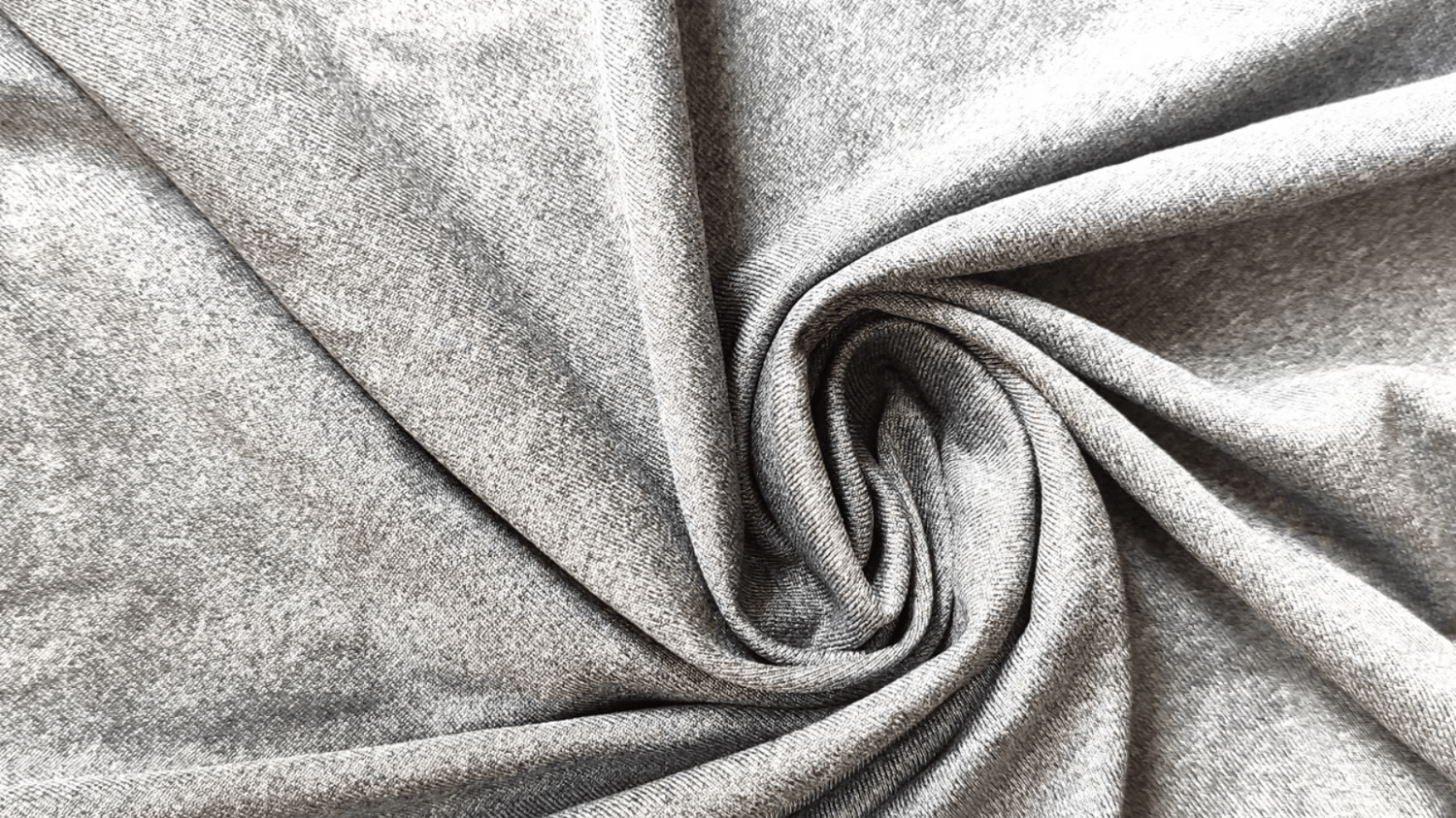Non-stretch fabric: Understanding the Pros and Cons
Introduction: What is Non-Stretch Fabric?
Non-stretch fabric, as the name suggests, is a type of fabric that does not stretch when pulled or manipulated. This material is characterized by its firmness, stability, and durability, making it a popular choice for various applications. Non-stretch fabric is commonly used in upholstery, curtains, home décor items, and clothing items that require structure and stability.
The Pros of Non-Stretch Fabric
Non-stretch fabric has several advantages over stretch fabrics:
- Durability: Non-stretch fabric is known for its durability and ability to maintain its shape over time. This type of fabric is not prone to sagging or bagging, making it a popular choice for upholstery and clothing items that require structure.
- Stability: The lack of stretch in non-stretch fabric provides stability, which is essential for items such as curtains and draperies. Non-stretch fabric will not stretch or warp over time, ensuring a neat and tidy appearance for longer periods.
- Structure: Non-stretch fabric is ideal for clothing items that require structure, such as tailored jackets and suits. The fabric provides a clean and crisp appearance, while its firmness ensures the garment retains its shape.
- Easy to Sew: Non-stretch fabrics are easier to sew than stretch fabrics. This is because the fabric does not stretch or move during the sewing process, making it easier to handle and manipulate. Non-stretch fabrics are also less likely to bunch or pucker during sewing.
The Cons of Non-Stretch Fabric
While non-stretch fabric has many advantages, there are also some disadvantages to consider:
- No Flexibility: Non-stretch fabric has no give, which can be uncomfortable when used for clothing items such as pants or skirts that require flexibility. This lack of give can also make it difficult to get a perfect fit.
- Less Comfortable: Non-stretch fabric can be less comfortable than stretch fabric, especially when used for clothing items that require movement such as dancewear or activewear. Non-stretch fabric can be restrictive and uncomfortable, limiting movement and range of motion.
- Less Forgiving: Non-stretch fabric can be less forgiving than stretch fabrics. This means that if the garment is not made to the exact measurements of the wearer, it may not fit properly, causing discomfort and the need for alterations.
Types of Non-Stretch Fabric
There are several types of non-stretch fabric available, including:
- Cotton: Cotton is a popular choice for non-stretch fabric due to its durability and breathability.
- Linen: Linen is another popular choice for non-stretch fabric, known for its crisp appearance and ability to hold its shape.
- Denim: Denim is a sturdy non-stretch fabric often used for clothing items such as jeans and jackets.
- Wool: Wool is a warm and durable non-stretch fabric often used for outerwear and suits.
Caring for Non-Stretch Fabric
In order to maintain the durability and appearance of non-stretch fabric, it is important to follow the proper care instructions:
- Check the Label: Always check the care label before washing or cleaning non-stretch fabric.
- Hand Wash or Dry Clean: Many non-stretch fabrics require hand washing or dry cleaning to maintain their appearance and durability.
- Avoid High Temperatures: Non-stretch fabric should be washed in cool or warm water and dried on a low setting to avoid shrinkage or damage.
- Iron with Care: Non-stretch fabrics should be ironed with care, using a low temperature and a pressing cloth to avoid scorching or damaging the fabric.
Where to Find Non-Stretch Fabric
Non-stretch fabric is widely available in fabric stores, both online and in-person. When shopping for non-stretch fabric, it is essential to consider the type of fabric and its intended use to ensure the best results.
Conclusion
Non-stretch fabric is a popular choice for a range of applications, including upholstery, curtains, and clothing items that require structure and stability. While it has many advantages over stretch fabrics, it also has some disadvantages, such as less comfort and flexibility. By understanding the pros and cons of non-stretch fabric, and properly caring for it, you can ensure that your fabric-based items retain their appearance and functionality for longer periods.

